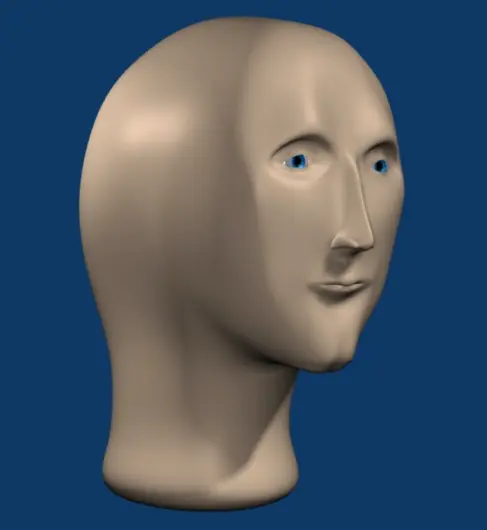This is a serious issue with our perception of dinosaurs though. So many animals that look completely different to one another nowadays have quite similar skeletons. You really can’t be too sure about fat distribution, muscles, cartilage, skin features, colours, textures in fossils.
Dinosaurs are traditionally represented in drab colours, with skin placed upon the skeleton with a process known as “shrink wrapping”, tightly attaching the skin to the frame. But many animals that we know now really don’t work like that.
Anyone who’s interested in this should check out the book All Yesterdays, where artists have tried reimagining dinosaurs with actual muscle and fat instead of the shrink-wrapped look. They updated some classic dinosaur designs based on recent findings, such as how triceratops may have had spines/quills along its back like a porcupine.
To demonstrate how unrealistic the shrink-wrapping style is, for the second half of the book they applied that technique to known modern animals with some terrifying results, like these swans.
Don’t forget All Tomorrows
Yeah, the way a brachiosaurus’ skull is shaped, it’s possible it had a trunk but that wouldn’t have fossilized since it’s all muscle and skin.

Would a dinosaur having a truck result in different bone structure?
Well, if the animal drives everywhere instead of walking, we might see a deformation of the hips.
Reminder that penguins, along with all other birds, are technically dinosaurs
Don’t really need to say technically, they just are dinosaurs.
Well yes, but I said “technically” because the technical scientific definition of dinosaur is not the one most people think of.
And it’s not just technically: birds literally are theropod dinosaurs, and the only known dinosaurs to survive to modern age
Future archeologists are gonna assume I was skinny 🙌
Shrink wrapping ancient animals is a trip Here’s a baboon! How horrifying lol
That illustrates the point perfectly!
seal
Chonkasaurus
Eh, not likely, especially for dinosaurs that we have full skeletons of, because that much fat would be seen on the bones as damage from walking.
Who said it’s fat, though? Sauropods are interesting in that they had systems of air sacs, like modern birds, that can puff up their apparent size without necessarily adding a lot of weight.
wait so if a penguin commits war crimes how do you hang them
not a bad theory, but I assume penguins evolved their shape for swimming and insulation
Yes please! 🥹










